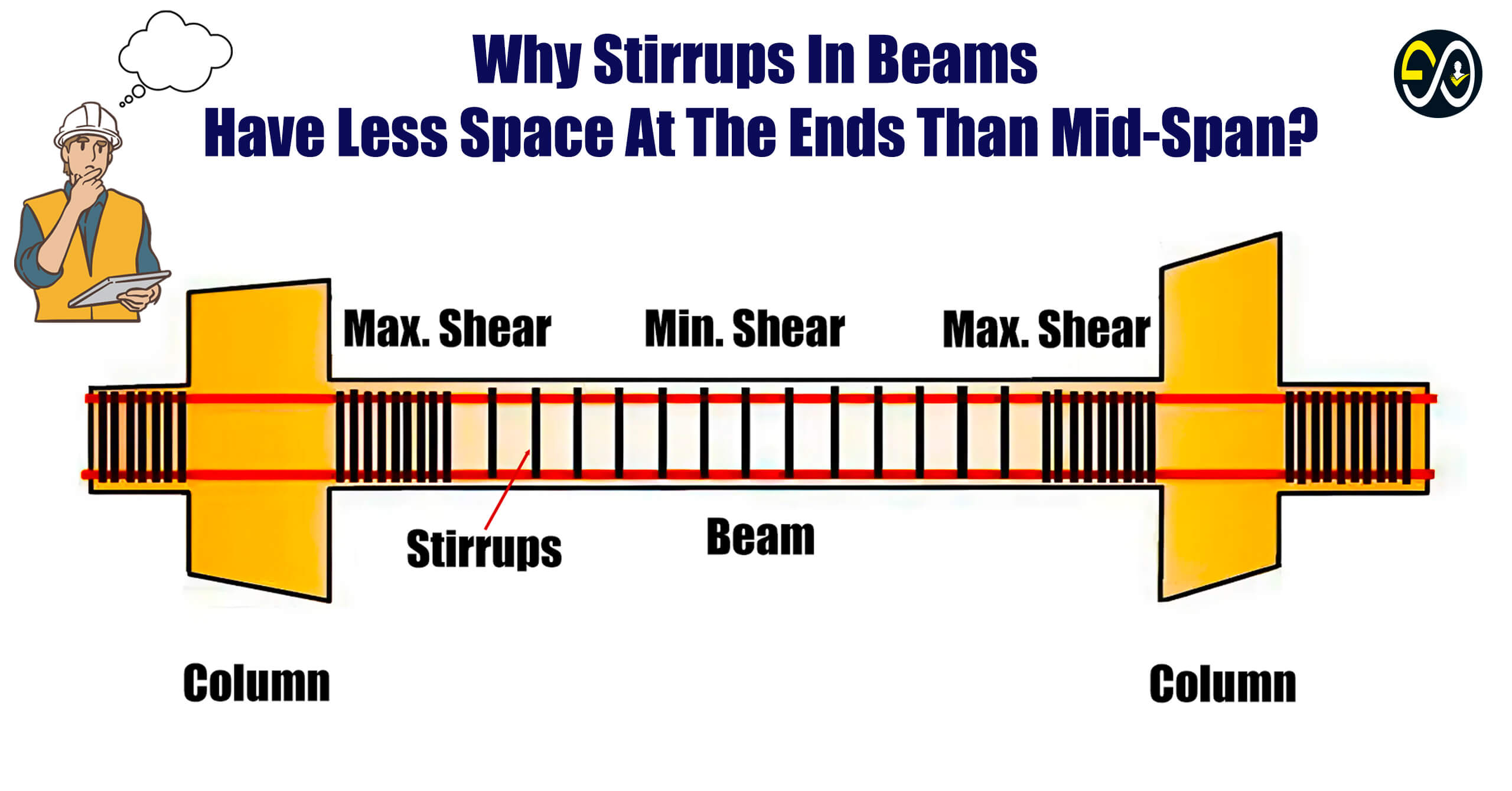
In structural engineering, reinforced concrete beams are crucial elements designed to withstand various forces. One essential aspect of beam design is the proper spacing of stirrups, which are closed loops of steel used to hold the longitudinal reinforcement bars in place and resist shear forces. Understanding why stirrups have less space at the ends of beams compared to the mid-span is key to ensuring the structural integrity and safety of buildings and other structures.
1. Shear Force Distribution
Shear force is typically highest near the supports (beam ends): In a simply supported beam, the shear force is greatest near the supports and decreases toward the mid-span. Since stirrups are primarily responsible for resisting shear forces, it makes sense to place them closer together where shear forces are higher, i.e., near the ends of the beam.
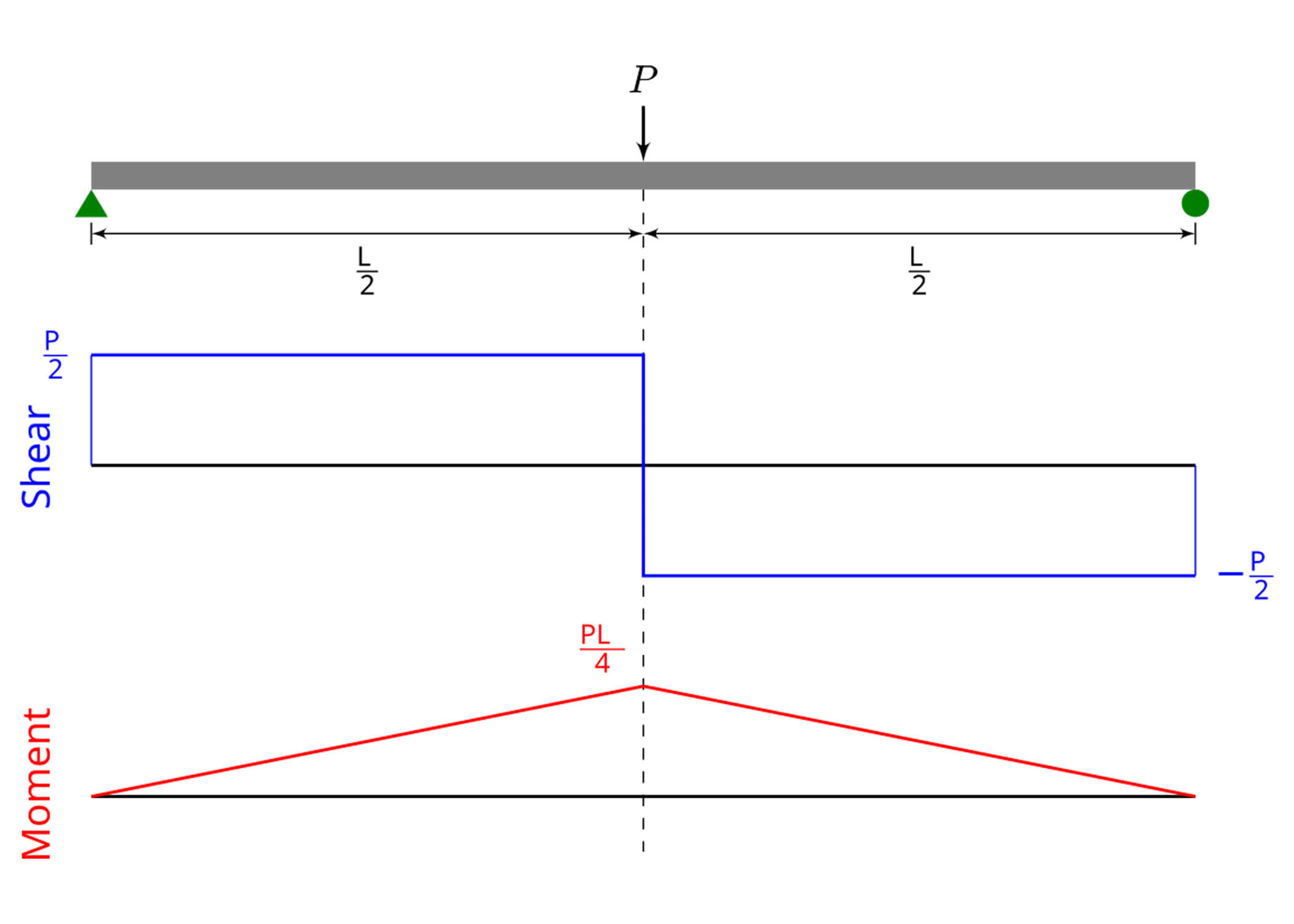
At mid-span, the shear force is lower: Consequently, the stirrups can be spaced farther apart in the middle portion of the beam, where shear forces are less significant.
2. Crack Control
Cracks tend to initiate near the supports: Due to high shear forces near the supports, cracks are more likely to develop in these regions. Closer stirrup spacing helps control the width and propagation of these cracks, contributing to the overall durability and safety of the structure.
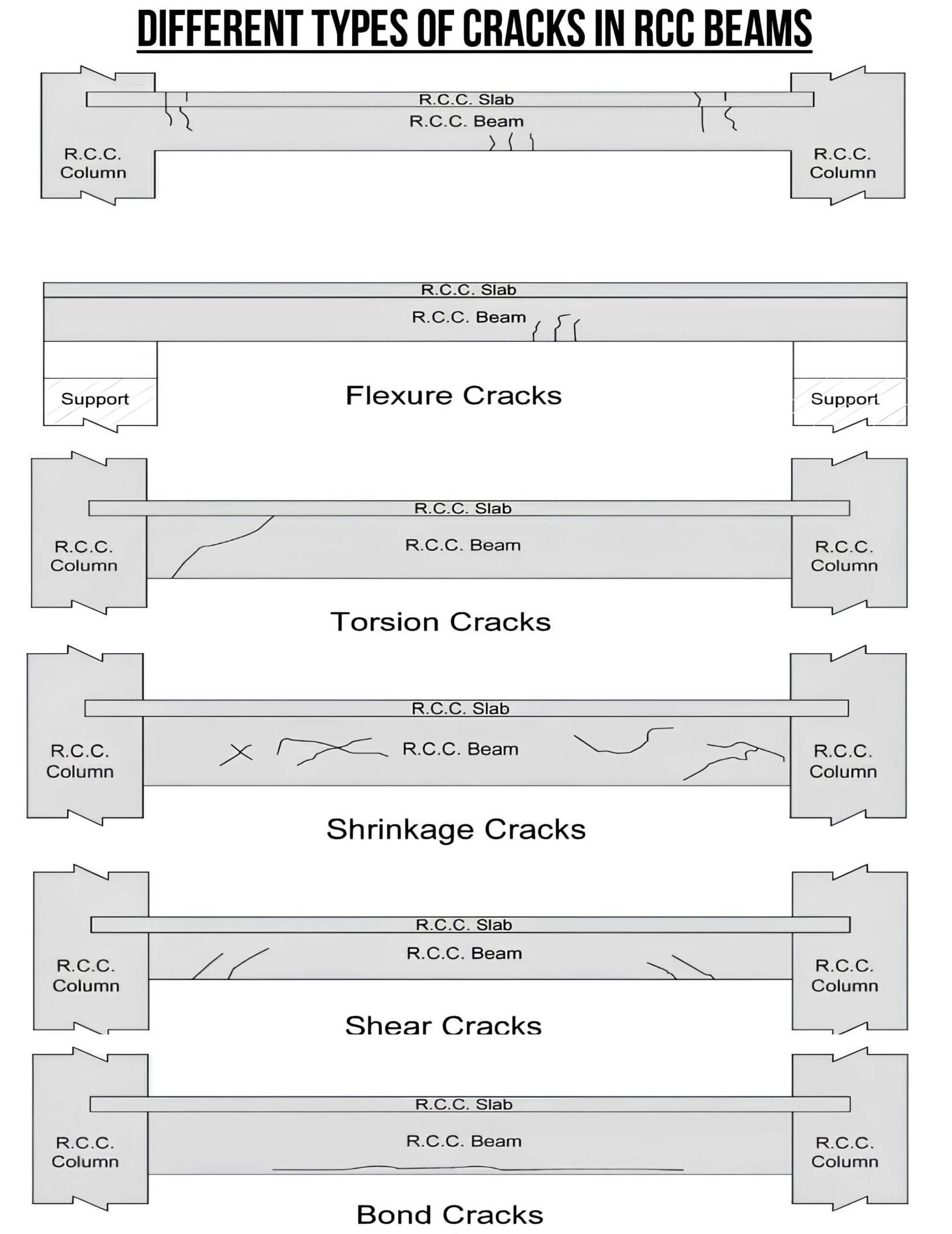
3. Stress Distribution
Stress concentration at the ends: The ends of the beam experience complex stress patterns due to the combination of bending and shear forces. Closer stirrup spacing helps distribute these stresses more evenly, reducing the risk of structural failure.
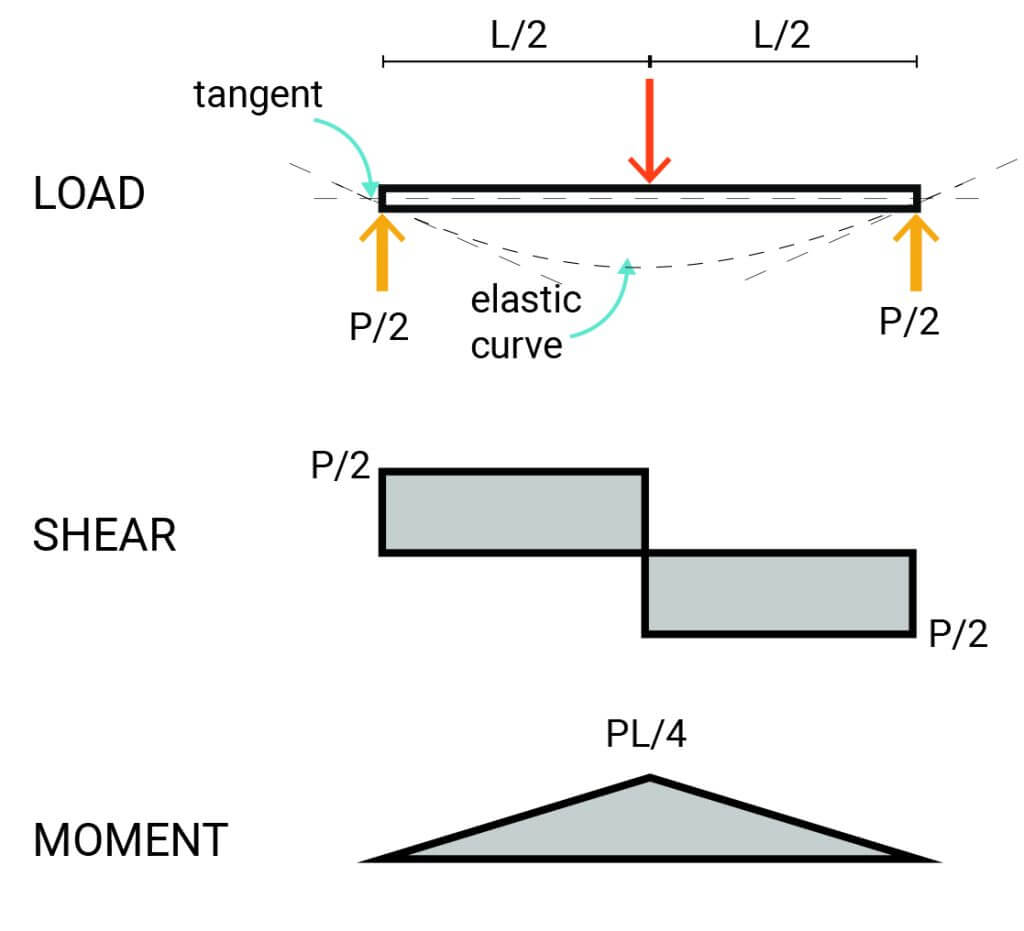
4. Design Standards and Codes
Building codes often mandate closer spacing at the ends: Structural design codes (such as ACI, Eurocode, or IS codes) typically require that stirrups be placed more densely at the ends of the beam. This ensures that the beam can safely handle the expected shear forces and comply with safety regulations.
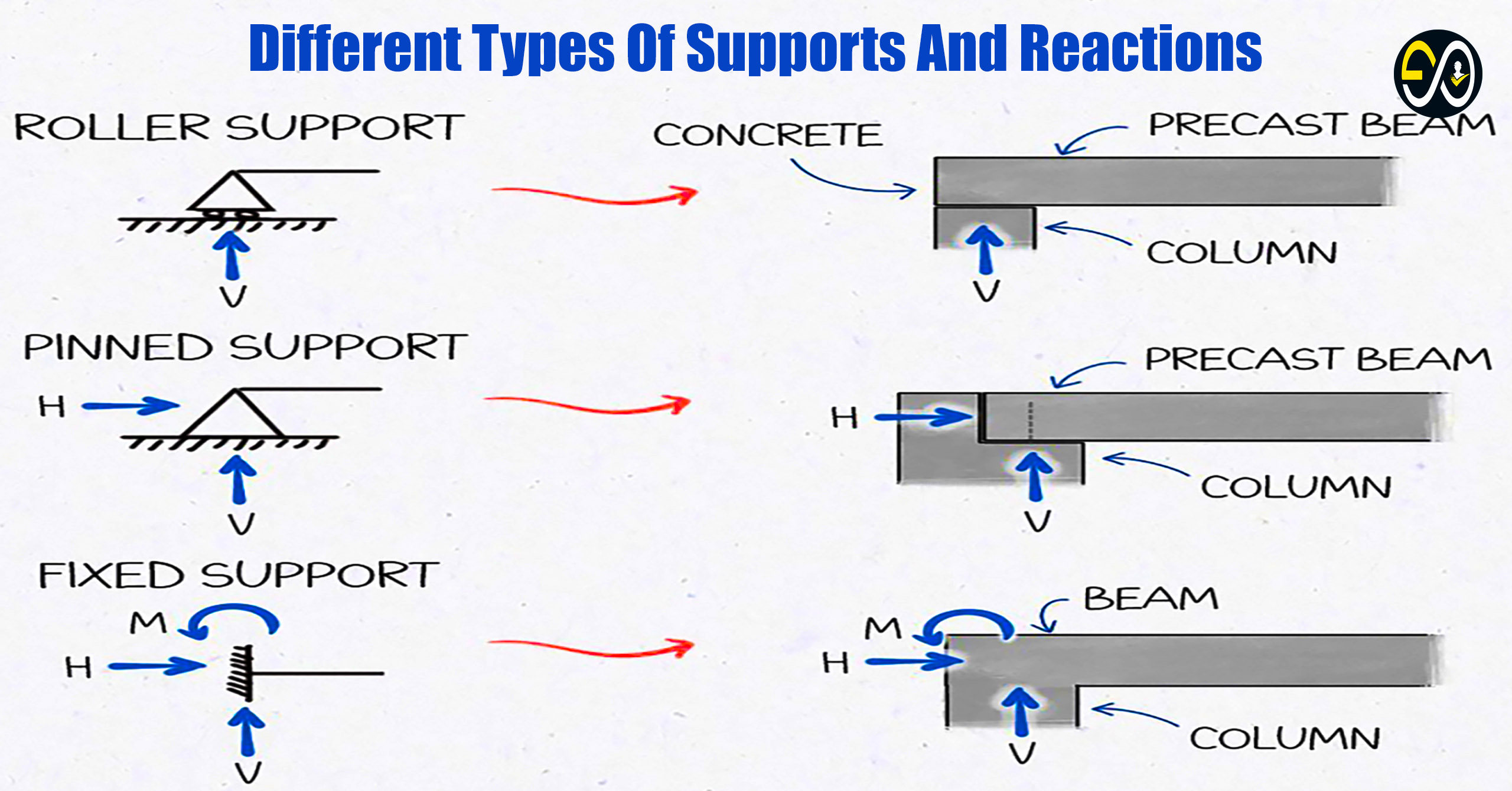


Very interesting
I like it, how can I receive this and more as pdf?